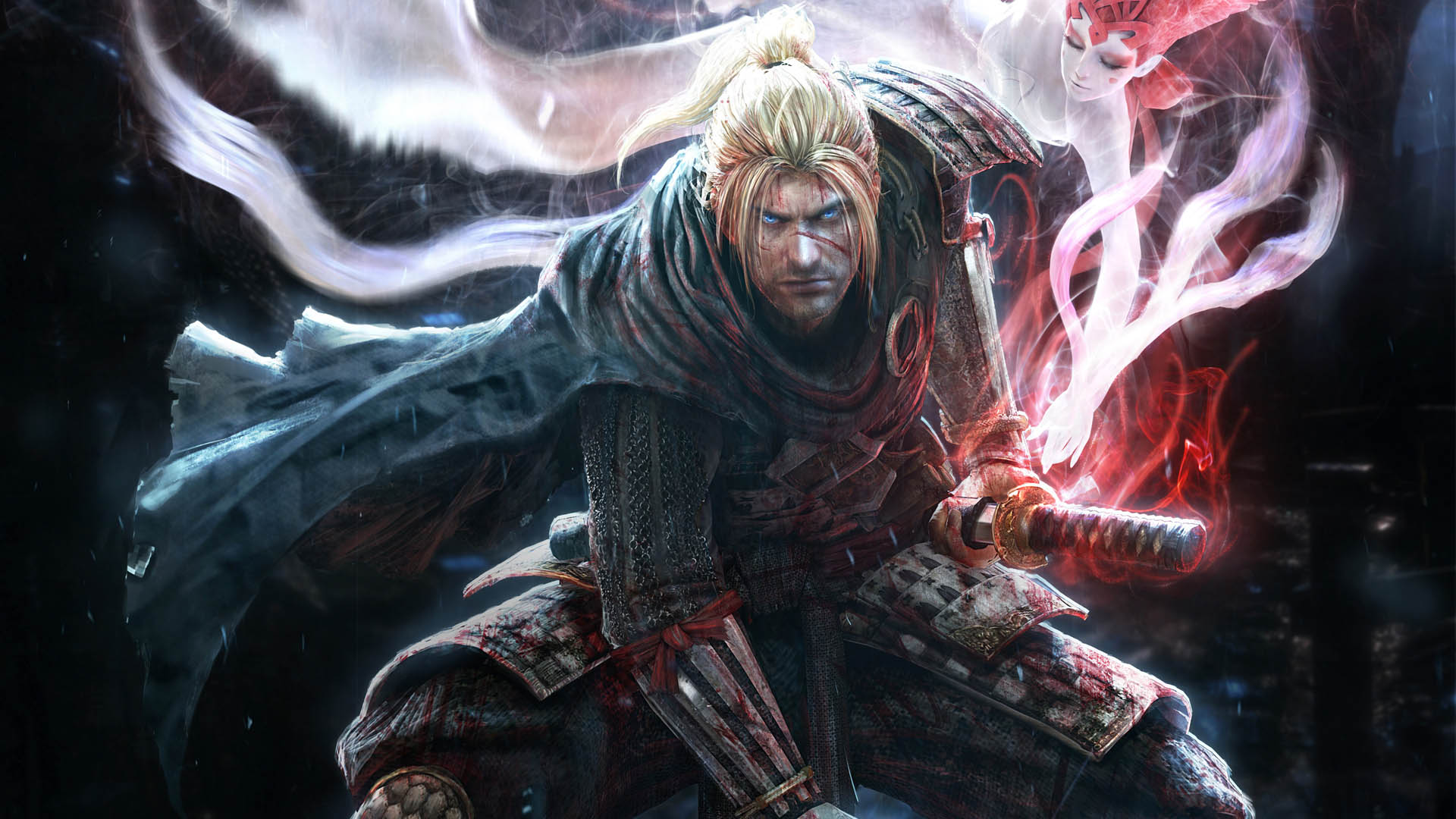Darker Souls: Japan Edition. That easily could have been the title for Team Ninja’s chance at redemption in its latest title, Nioh. Harder. Longer. Faster. Uh, complexer. For a company that openly admits that its last generation efforts could have been better, Nioh represents an almost last throw of the dice for the company, yet it is also a fantastic opportunity to reinvigorate the Souls-like genre, taking the freedom to move past what is now a too-familiar and formulaic approach.
This is a double-edged sword however. Part of the beauty of Souls like games is the paucity of mechanics, refined to the nth degree, used sparingly. By adding on top of the established formula, it risks becoming a broth spoiled by too many cooks. For everything you put on top, it increases both the physical and psychological difficulty of the game. Nioh is, I think, intensely aware of this fine line, but nevertheless falls across it at times.
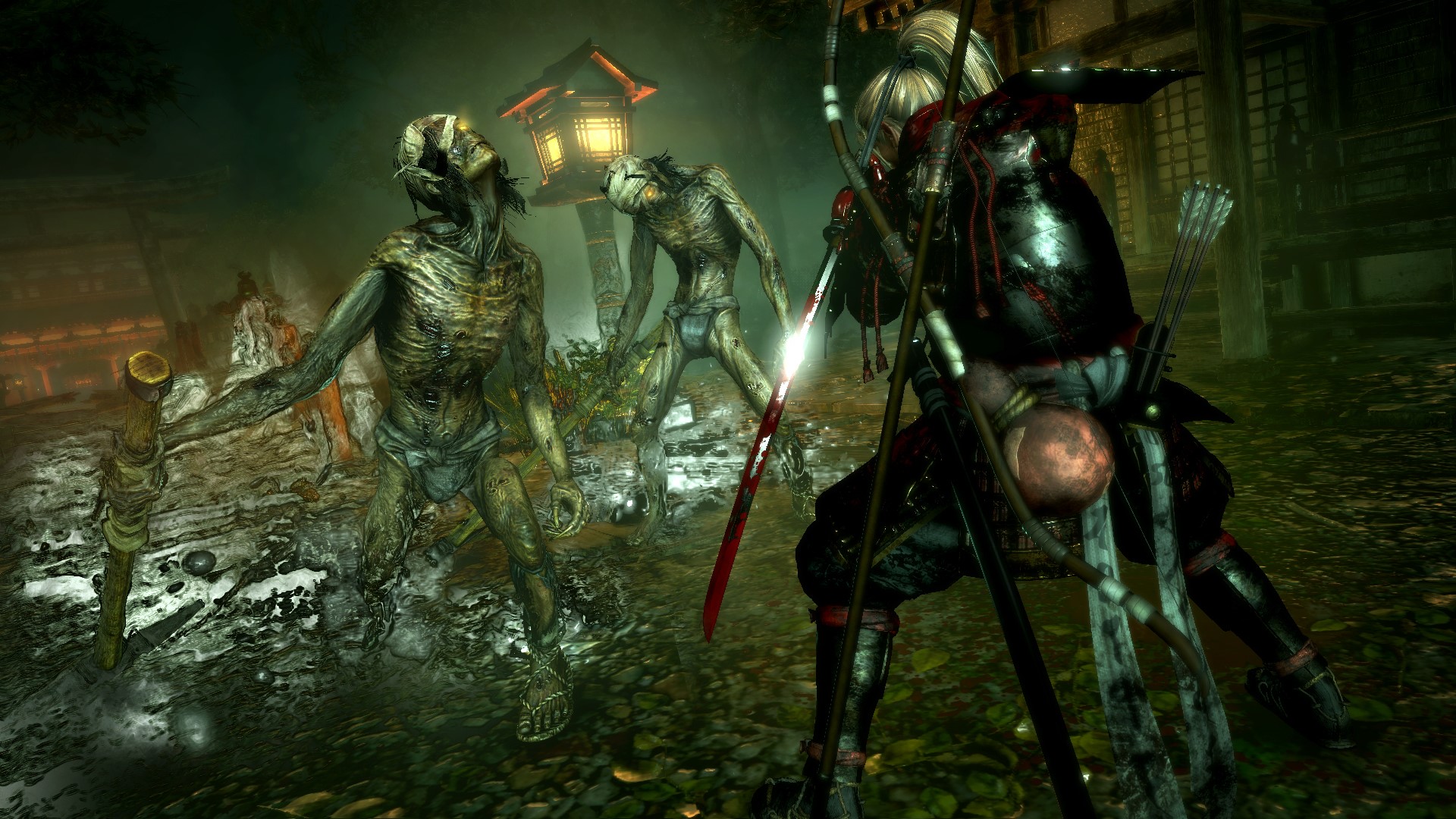
Rather than refine some of the core elements of the Souls series, Nioh near replicates them, before adding more on top. More weapons, more ways of fighting, and more gameplay mechanics to keep in mind while doing so. It’s for this reason Nioh lacks some of the grace of the Souls series. What is beautifully integrated into the world in Souls is sometimes ungracefully shoved into menus or exposed in other ways. Nevertheless, Nioh is a solid take on the genre, and pushes it forward in ways that Dark Souls 3 seemed too timid to attempt.
In this review I will be directly comparing the Souls series with Nioh. While games must and do stand on their own merits, after playing Nioh I am convinced that it owes so much to From Software’s franchises that one cannot be understood without the other. They are the product of the same intent. Nioh starts with, then builds on the exact same foundations as the Souls games and only by discussing the differences and refinements between the two can we deeply understand how Nioh’s developers have been successful in creating a worthy successor to Hidetaka Miyazaki’s opus magnum (and where they still have catching up to do).
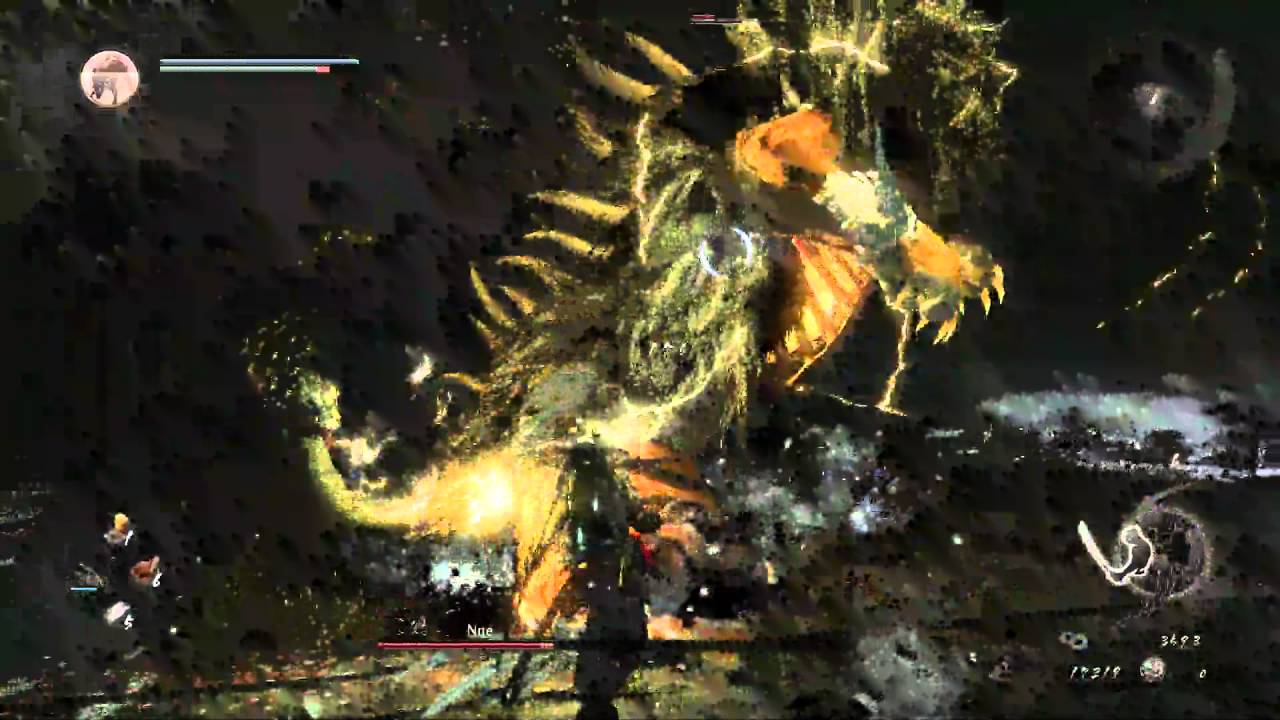
Nioh does feature a story, but it’s not very important. Englishman William Adams, a real historical figure and the first Western samurai, (and who, strangely, despite being born in Kent, has a very strong Irish accent) is in Japan and has a sword. With that sword you fight humans and demons (yokai). These are not the cuddly yokai from Yo Kai Watch, but terrifying beasts who you must cleanse from this world. That’s about all you need to know to go through the level and kill everything you see.
Nioh takes deep and unapologetic inspiration from its Japanese roots. Item names, locations and characters are all taken directly from Japanese history. For Western players, this means a somewhat steep learning curve, as items names are not generally self-explanatory and simply Romanised versions of Japanese words. Part of the early Levels are simply coming to terms with all the new items, and for veteran Souls players, translating these terms into more familiar ones.
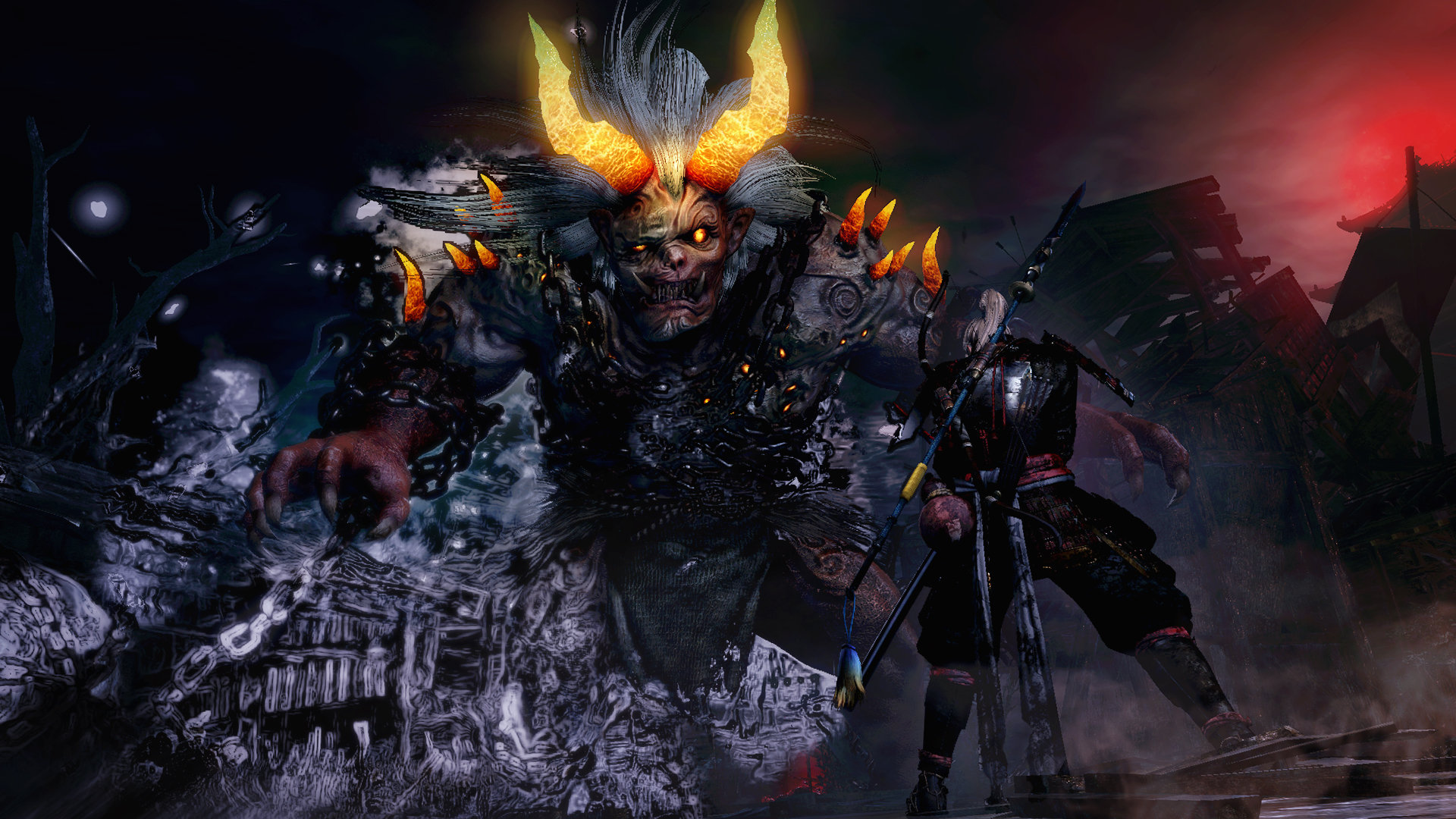
The core of this game is combat, and, fortunately, it’s fantastic. It generally plays a lot faster than any of the Souls games, and perhaps even faster than Bloodborne. There is no letup in terms of how you need to react. Even the simplest farmer or pirate can take you out in a few hits, and multiple enemies can spell real trouble if you can’t successfully kite them off one-by-one. While there is blocking to an extent, “turtling” is almost impossible, and attempts to do so will leave enemies with significant opportunities to take you out.
On top of the standard light and heavy attack Nioh introduces two systems which are key differentiation from similar games. These experimentation’s make for an incredibly deep, if mechanically complex system that goes far beyond what we have seen before.
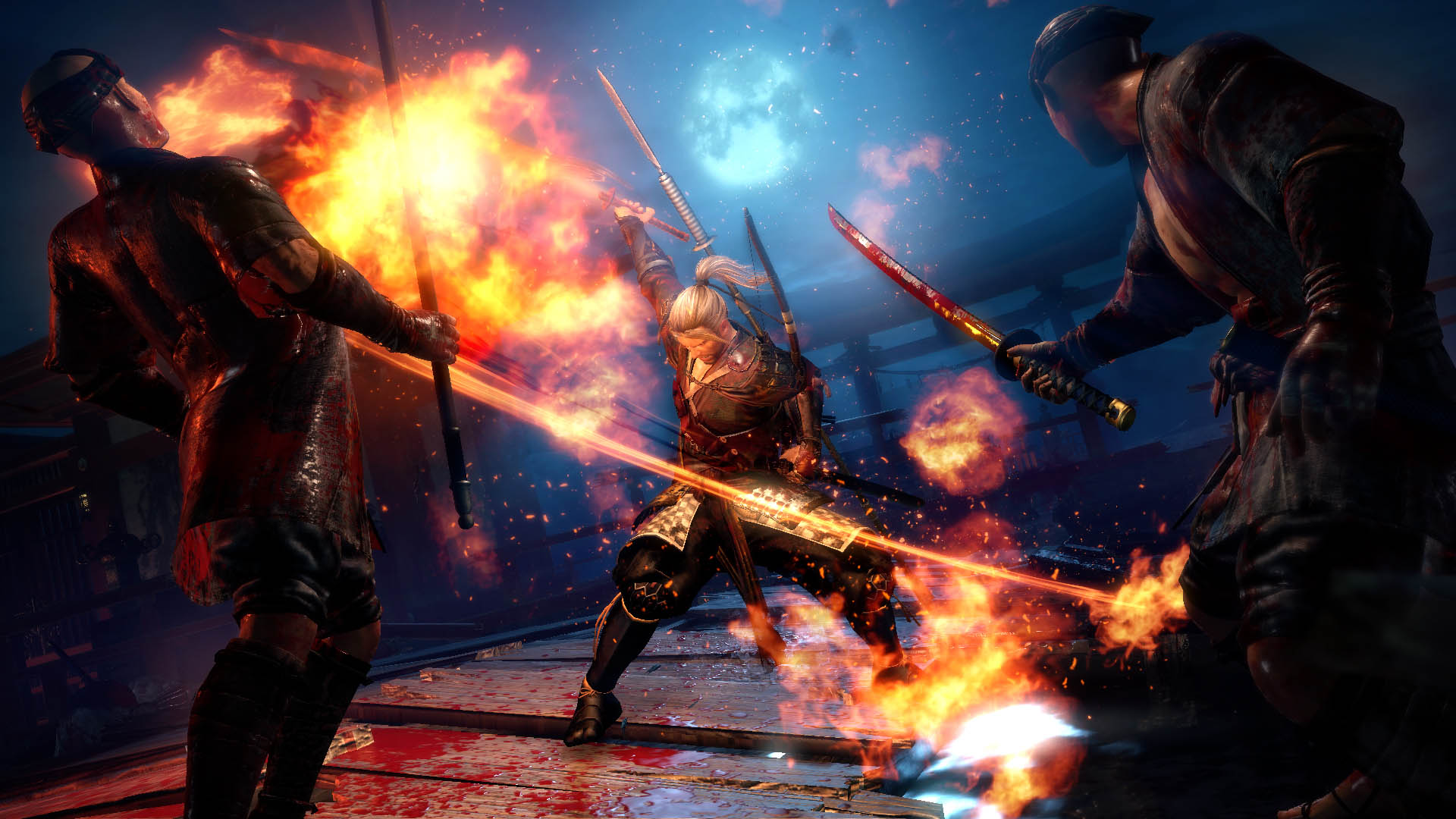
The first is the Ki Pulse. With a well-timed Ki Pulse you gain bonus stamina after attacking – comparisons to Gears of War’s active reload system are perhaps overdone but that is the closest comparison. It took a while to get used to timing your pulses, or even to use them at all, but I was soon forced to. Successful Ki Pulses moved from an optional bonus early in the game to absolutely necessity later on, just to have enough stamina to press your attack. Ki Pulses and their extra stamina makes combat much faster, allowing you to keep hitting back rather than get in a few hits and retreat as in the Souls games. It’s perhaps also similar to Bloodborne’s health regain system, giving the player the option to play it safe and retreat or get the button press right and potentially end the fight earlier. The sense of danger and tension is further heightened by a punishing stamina system, where losing all stamina leaves you temporarily paralyzed, usually right in front of the pointy end of a big stick.
The second big change is the introduction of stances (with quick weapon switching). High, default and low. These equate to strong, medium and light attacks modes. You can and should switch on the fly. Combined with a large range of weapons that drop with almost every defeated enemy, there is a bewildering array of possibilities, and you will have the chance to try out a huge range of fighting styles. The weapon drops are counteracted though by a familiarity system that lets you level up a weapon the more you use it.
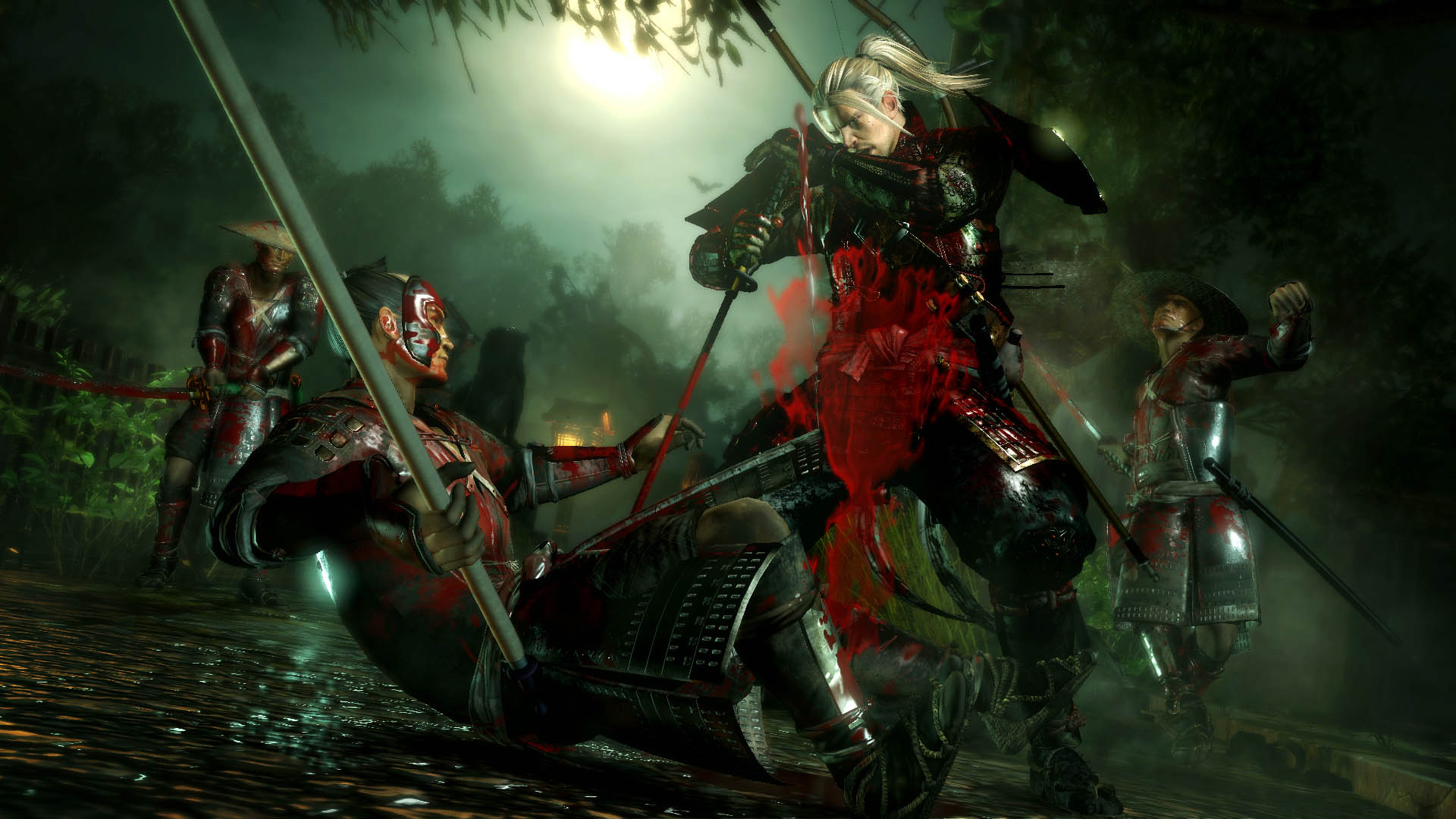
Healing is almost as important as fighting. At the start you have at least 3 Elixir. For every three Kodoma (spirits) hidden around the level that you find an additional Elixir is given to you. On top of this enemies drop Elixirs throughout the levels. This may sound overpowered but for me it meant I used them quite sparingly, adding an additional level of stress and tension when first exploring, but moments when I was low or had run out, then found one after a difficult fight were exhilarating.
Moving back and forth between humans and Yokai was refreshing, as they both require vastly different approaches. Nioh is less interested in playing tricks than the Souls series. Where Dark Souls hides enemies in inconvenient places, and has a sense of humour and shared jokes between the developer and player, Nioh plays the ball a bit straighter, taking itself quite seriously. Ambushes and unseen enemies still occur, of course, but there is less sense of playfulness throughout.

Unfortunately, the world design is not that satisfying, owing largely to the fact that you play levels, instead of exploring an interconnected world. This robs much of the excitement and mystery of exploration from the game. While Souls games are mostly linear, you still never quite know when not only will A connect to B, but to C or possibly D. That mystery is a key part of the anticipation. Now instead you know that Nioh is taking you directly from A to B and A to B only. Once bosses are down you somewhat anticlimactically warp back to a main menu.
There’s currently no live player versus player mode. Instead, Nioh has “revenants,” AI versions of you at a certain level, much like the Drivatar system from the Forza series. While the loss of a dedicated PvP mode will be of a great shame to some, choosing when and where to fight other real-world players (or their approximation) was very appealing to me. No more being chased by a trolling invader when you were just trying to get to the boss or to the next Bonfire (oops, Shrine).
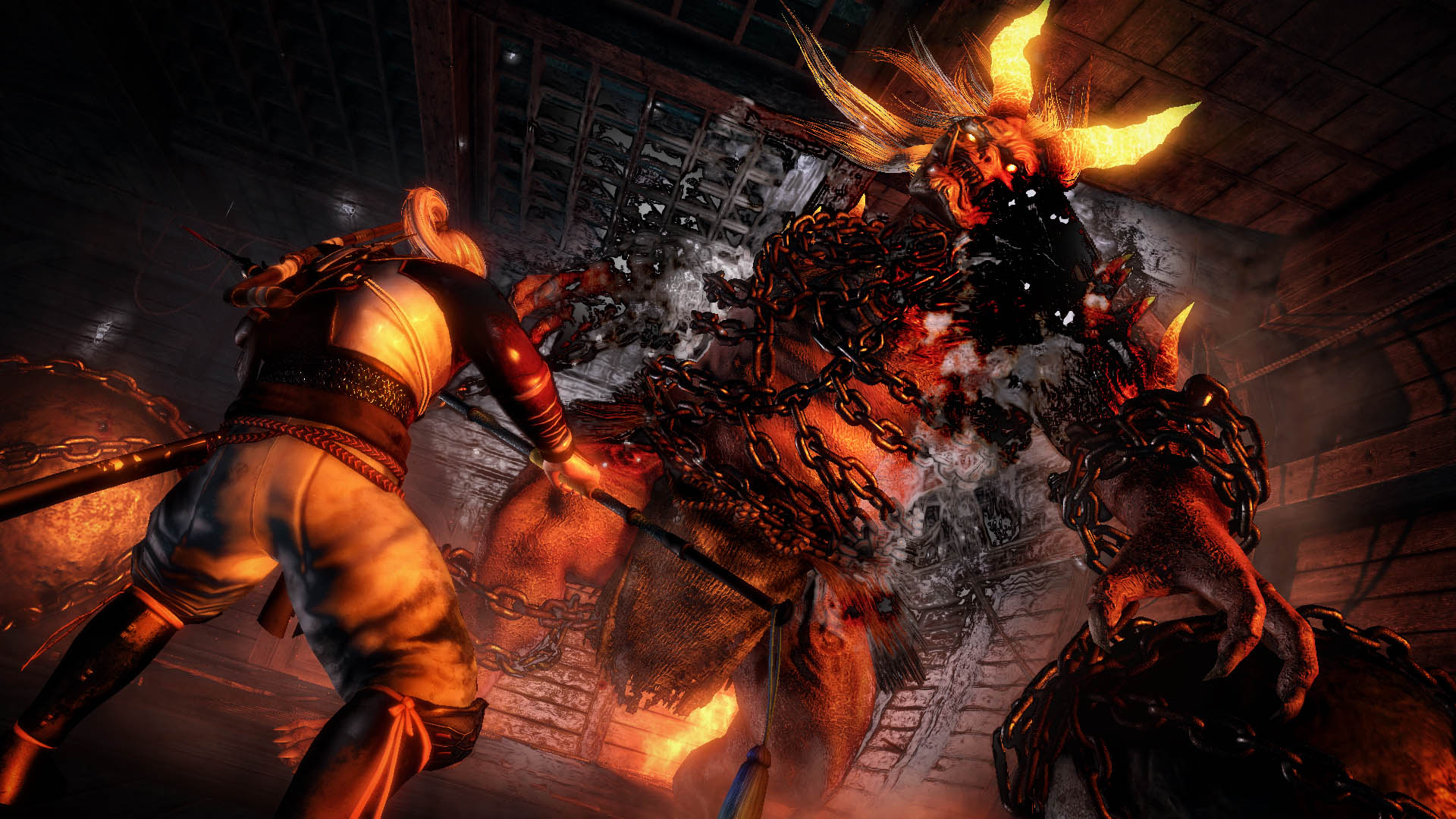
You can however take part in co-op. But in the vein of everything has to be slightly harder in Nioh than Dark Souls, you can only be a co-op partner in a level you have already beaten. This eliminates the ability to see what’s ahead without worry about losing souls, a neat trick many Souls players took advantage of, whether they would admit to it or not.
You can play Nioh in either 30FPS with greater visual acuity, or 60FPS with slightly less beautiful graphics. In nearly every case you should choose 60FPS – called action mode – despite its lower resolution, as timing and fluidity are enormously important and the extra frames are very welcome. Team Ninja should be praised for including this option, and I hope more developers give us this choice. It’s not a particularly beautiful game in either mode though. Strong art direction helps to mask some of the technical rough edges but that Nioh started development almost ten years ago is evident throughout. I soon realised why much of the game is set at night; it’s to mask the last-generation texture work. At least it doesn’t get in the way.
PS4 Pro users get an upgrade to 1080p for action mode or the option of 30FPS in return for 4K visuals. Once again, Pro users are getting the game “as it should be,” (1080p/60FPS rather than the somewhat diminished results on standard hardware – a last generation 720p. The covering over of so many small papercuts like this are adding up to compelling reasons to invest in Sony’s more powerful hardware, even if they shouldn’t necessarily be issues in the first place.
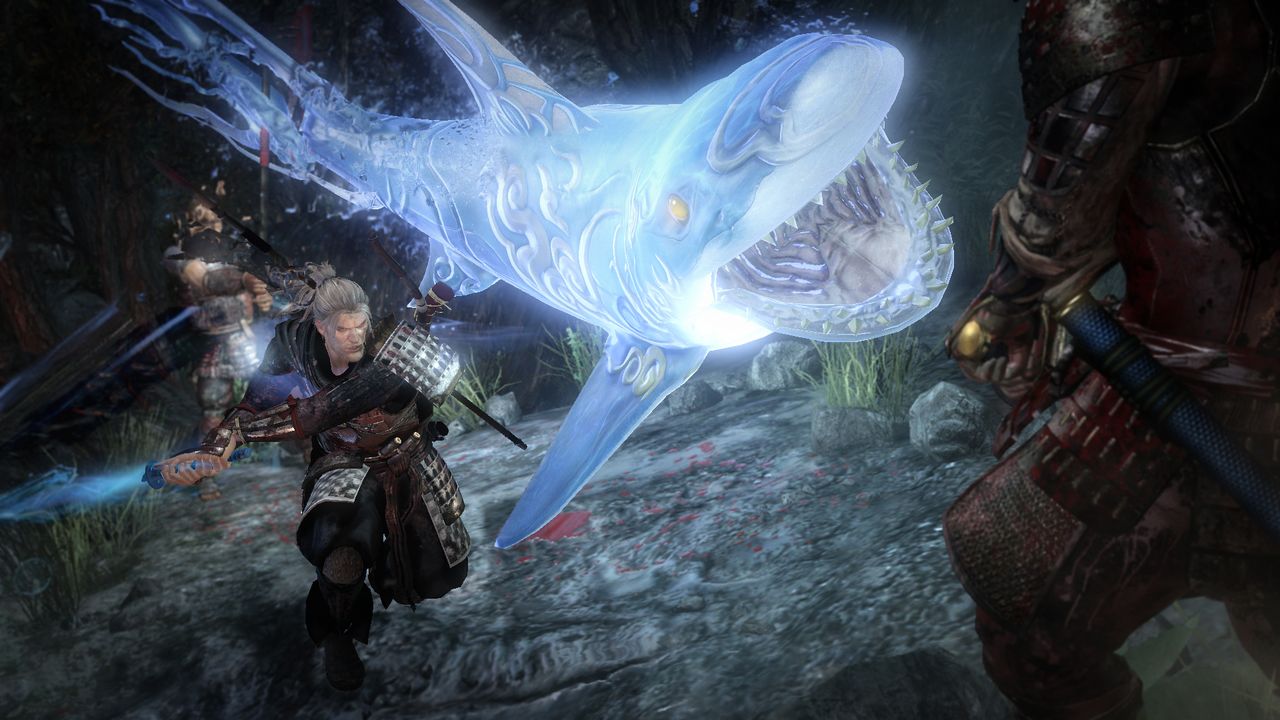
Nioh tells you to strap yourself in and enjoy the ride. A very long ride. There’s so much to do anyone brave enough to attempt it will be playing it for a long while. While it doesn’t have the certain je ne sais quoi of Miyazaki’s creation, Nioh is a fantastic entry in the genre and is hopefully the start of a long, fruitful and innovative franchise. Indeed, for a first stab at the genre Team Ninja really have punched well and truly above their weight. Its additions to the foundations of combat are interesting, and for fans of the genre it is an essential play. It is perhaps best suited to veterans though; the difficulty bar is extremely high. After the rather run-of-the-mill (yet still fantastic) Dark Souls III and its DLC, Nioh is a breath of fresh air. With no further Souls games in sight, Team Ninja is the heir apparent, and we should be thankful for it.
Released: January 2017
Rating: R16
Platforms: PlayStation 4
Genre: Action, RPG
Developer: Team Ninja
Publisher: Sony Interactive Entertainment

